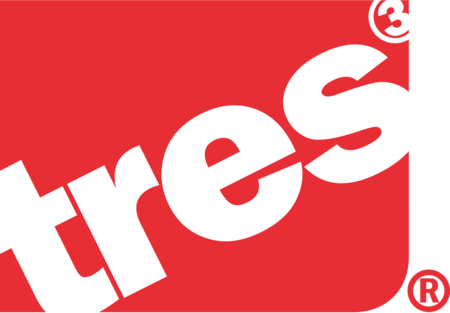I started making beats in 1995. My first beat machine was Akai S3000XL. I used to use S3000 with a sequencer software called, Vision by Opcode Systems since Akai’s S series sampler does not have sequencer function. Everything I did up to Giant Panda “88 Remix” was done with this set up. I got my first MPC 60 from my label parter, Taro in 2003. He had a broken Akai MPC60, which he got from someone for free. Since I got the MPC60 from him, I started using it with S3000. With this setup, all the programing was done in MPC60 and I had all drums on MPC60 and everything else on S3000.
While I was working with House Shoes for his debut album, “Let It Go” (TRES 2012), I listened to his beats a lot and noticed how simple some of his beats were. I knew a beat doesn’t have to be complicated to be good, but I felt I really understood that at that time. It also got me think about my own beat making style and made me realize I could probably do everything I really need to do to make a beat on MPC60. Since then, I have been making beats only using MPC60. Every beat on “Doronko Beats” was created just using MPC60.
MPC60 is the very first model of MPC. It was produced by Akai in collaboration with Roger Lynn and was first introduced to the market in 1988. MPC60 and MPC60 II are the only machines in MPC series that sample in 12 bit format. It essentially means sounds recorded in MPC60 (and II) have less clarity and have more rough feel to it than the sounds recorded in any other MPCs such as MPC 3000, 2000, and 4000. Because of the limitation of total sample time on my machine, which is 26.2 seconds, I usually record samples to MPC60 all sped up, 45rpm and +8 on the slider on my technics turntable. After I record samples, I slow them down in the MPC. It gives even more rough feel to it that I really like. You can get a similar effect using 16 bit machines, but it just works better with 12 bit machines.
MPC60 is also known for the unique groove and swing it adds to a beat programed on it. I don't know how exactly it works, but it is one of the great benefits of old drum machines like MPC60 and E-Mu SP12 and SP1200.
My MPC60 is fully customized by Bruce at Forat. Bruce has worked with Roger Lynn to develop MPC60 and MPC3000. He knows everything about these machines. I am so grateful that he lives in LA and I can bring my machine to him whenever it needs a service.
Here is the list of customization Bruce has done on my MPC;
- Installing the most updated OS (OS 3.15)
- Maximizing the sampling time (26.2 seconds)
- Installing SCSI
- Installing a flash drive replacing the floppy drive
- Bright green screen
- Installing +15db gain on all outputs
There are several versions of OS for MPC60 and MPC3000. OS 3.15 was developed by Bruce (if I am not mistaking). In the previous OS, you couldn’t add swing% for 1/16 TRPLT and 1/32 TRPLT, but with this OS, you could.
The best investment I did on my MPC was adding +15db gain on every outputs. Basically, all signals come out 15db louder than the factory setting with this customization. One of the tips for mixing Thes One (of People Under the Stairs) has told me is that gain stage is critical for mixing. If you have a Neve or Trident console, you might not have to worry about it. But, a regular person like me doesn’t have that kind of luxury. One of many great benefits those expensive consoles has is the quality of gain/mic pre. If you turn up the gain on a cheap board or DJ mixer, the sound might get louder on the VU meter, but it just doesn’t have a body to it. I have a decent board (Aries 16.8.16), but the gain/mic pre on this board is not that great. Therefore, it is critical to have a loud signal coming into the board so that I don’t have to turn up the gain on the board. Having +15db gain on every outputs on my MPC helps me achieve that.
Chikara
